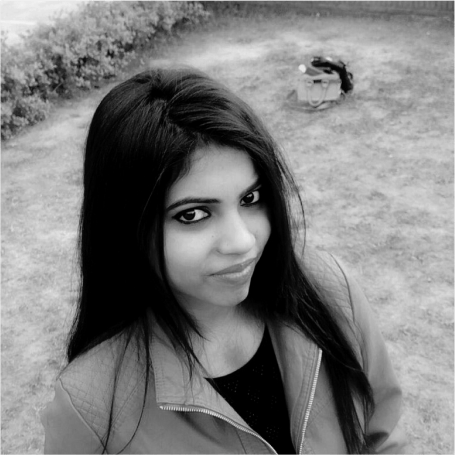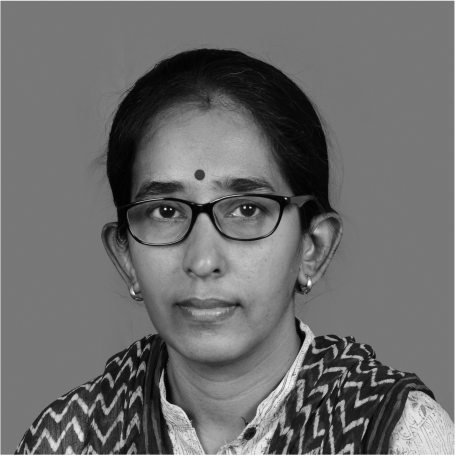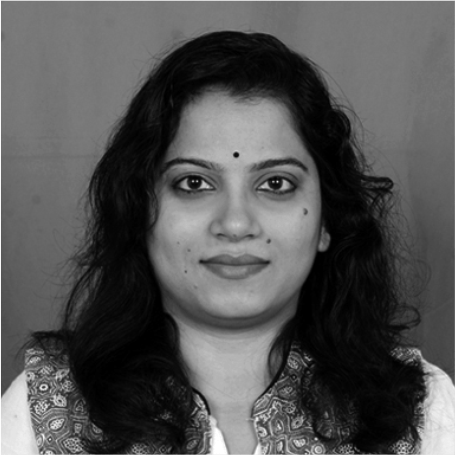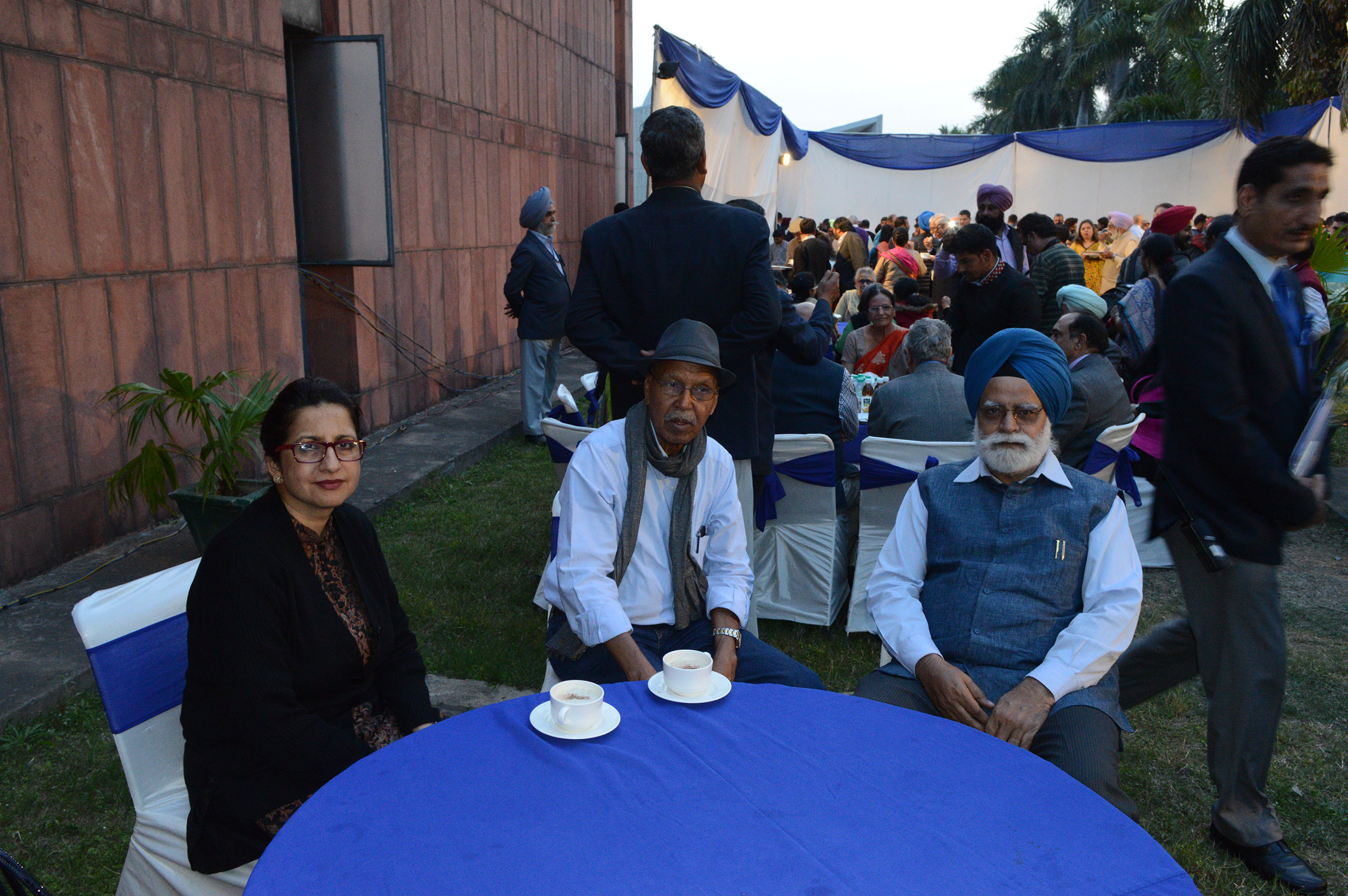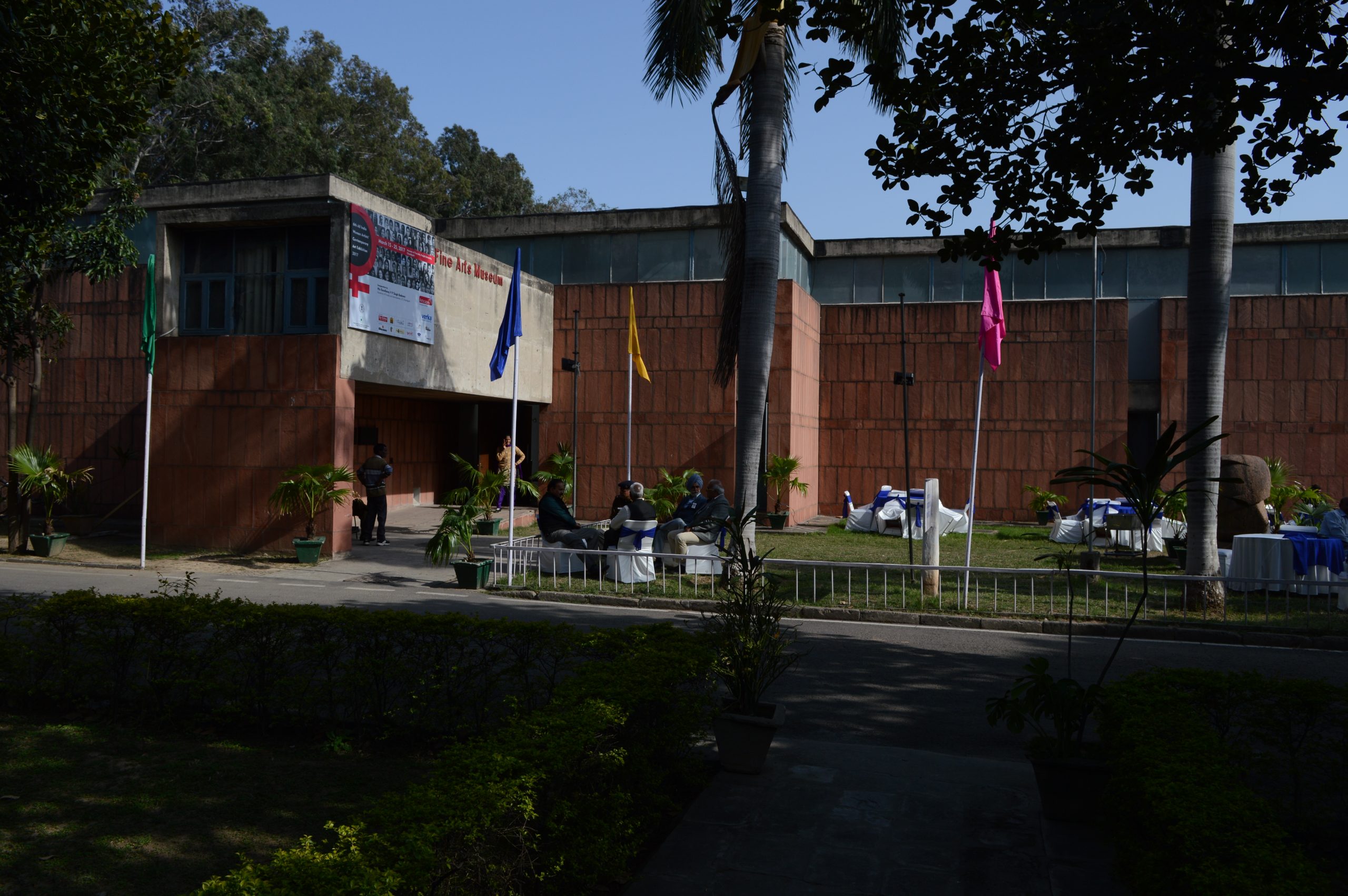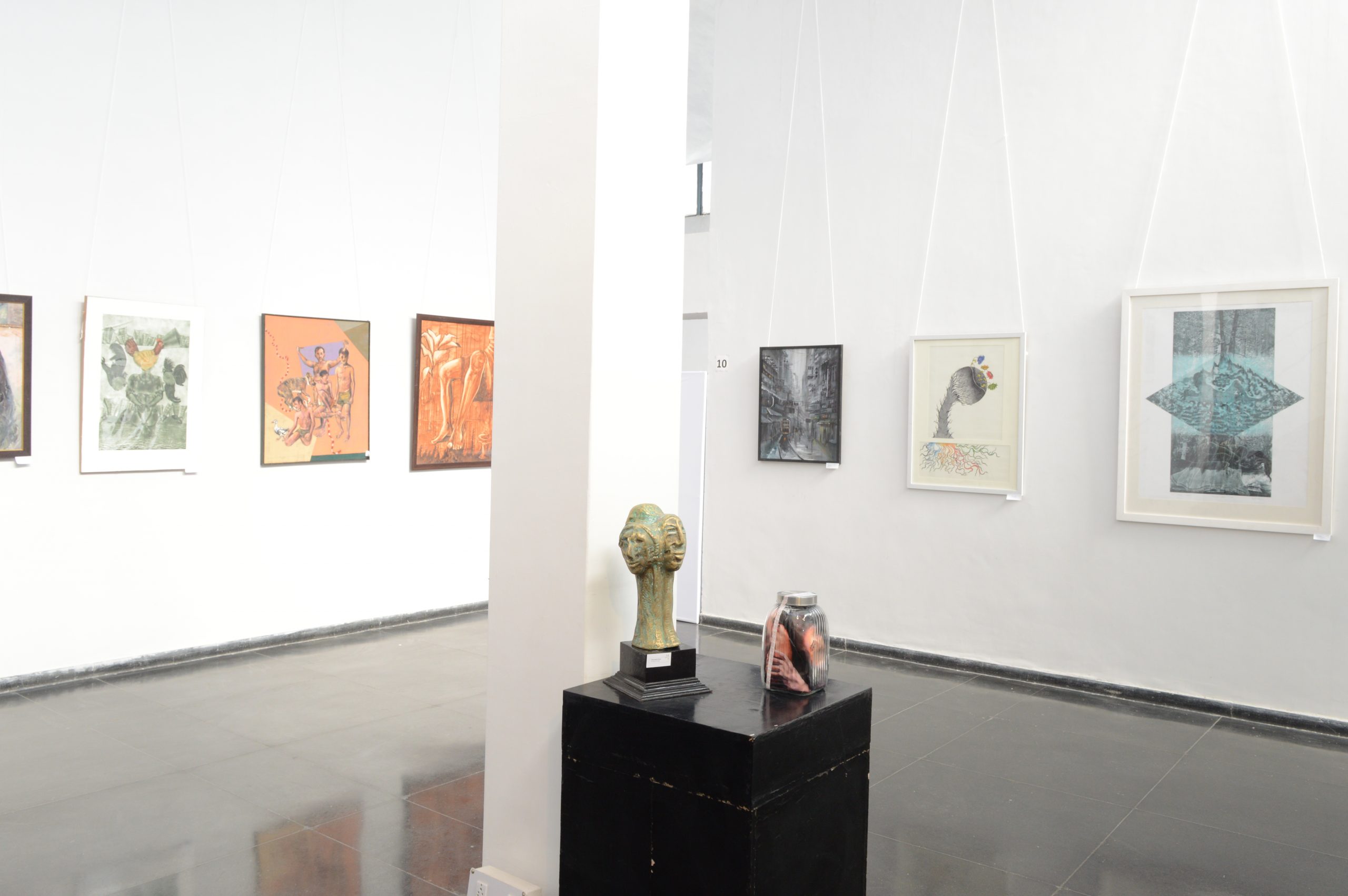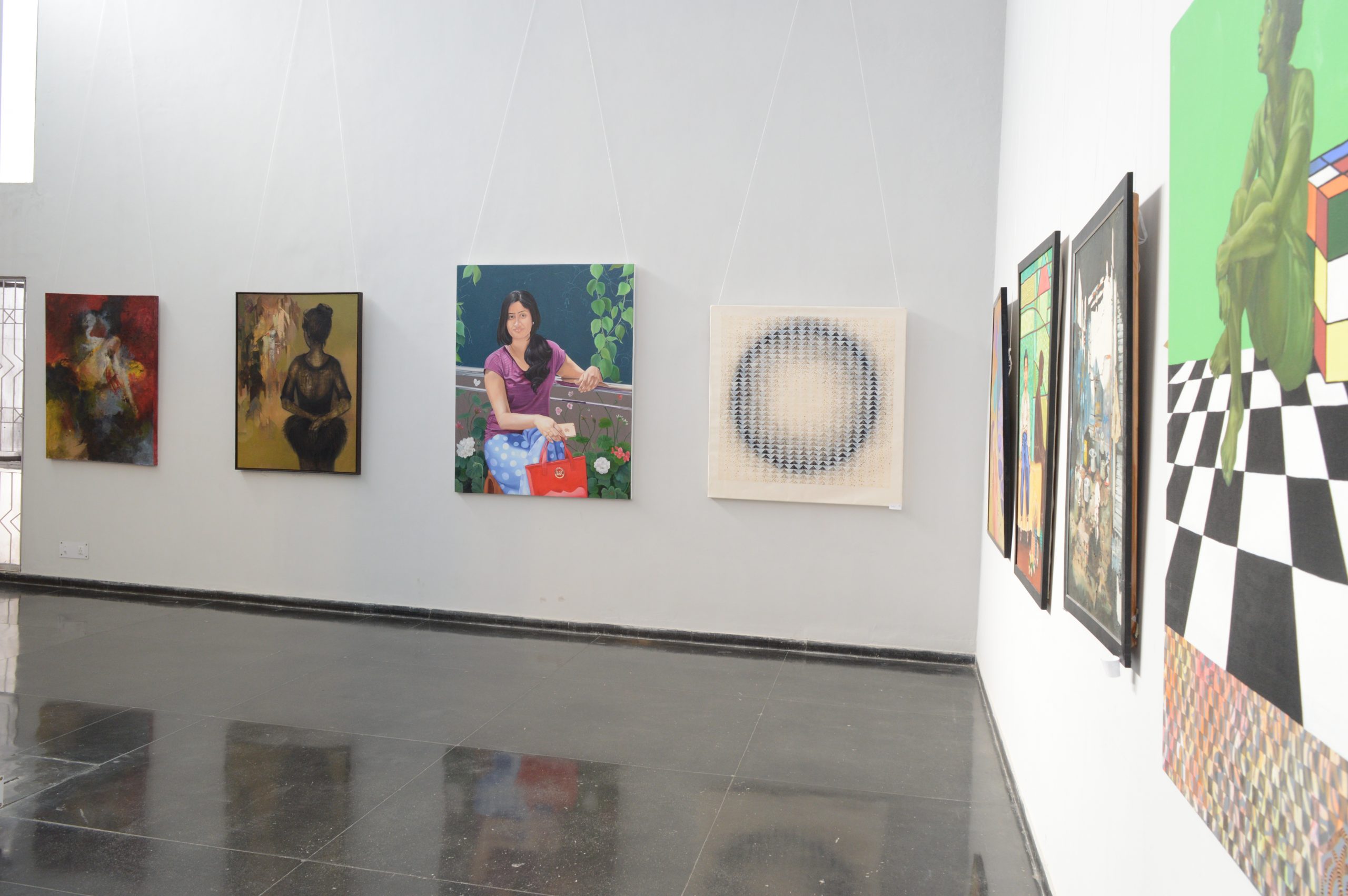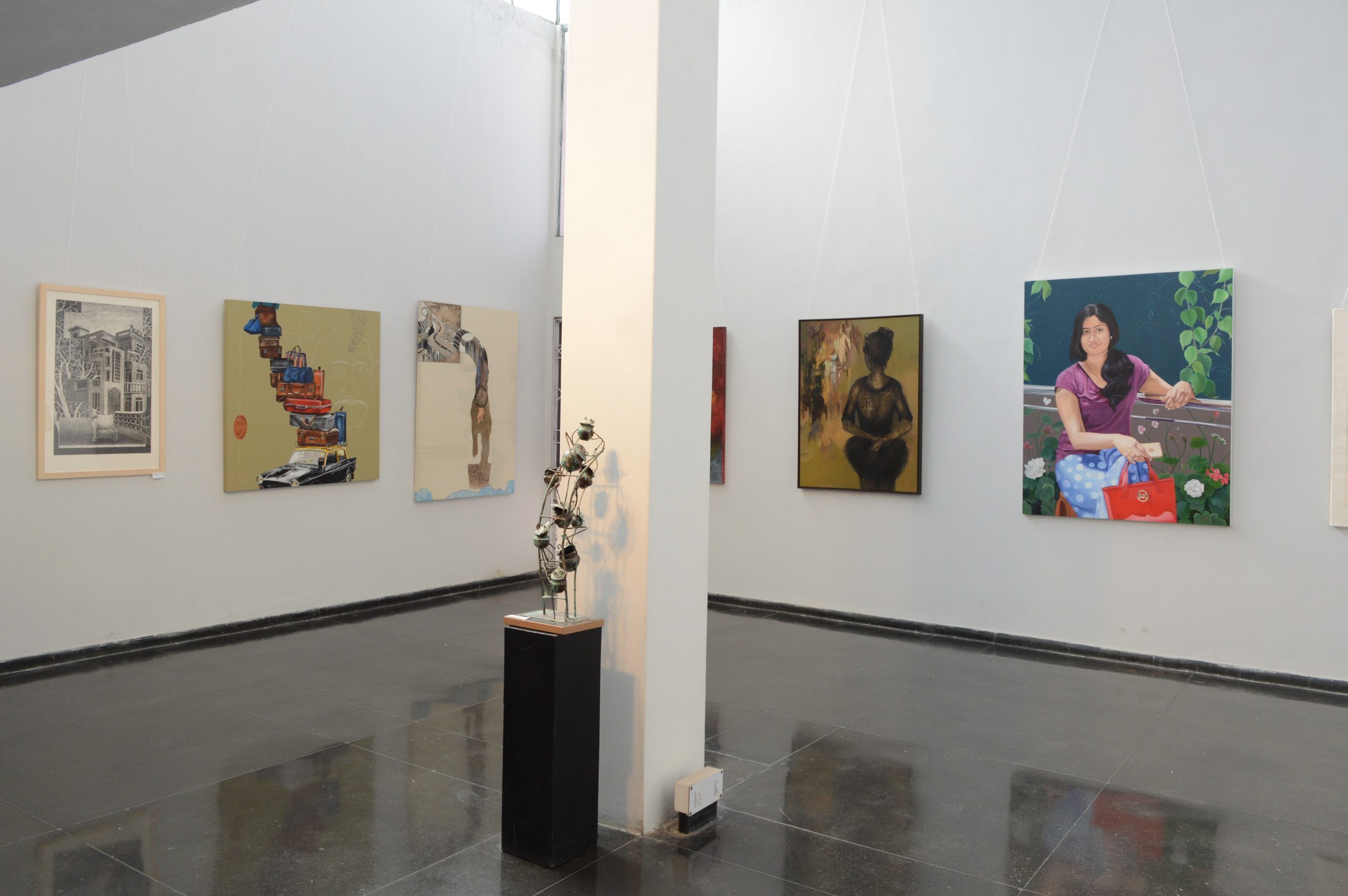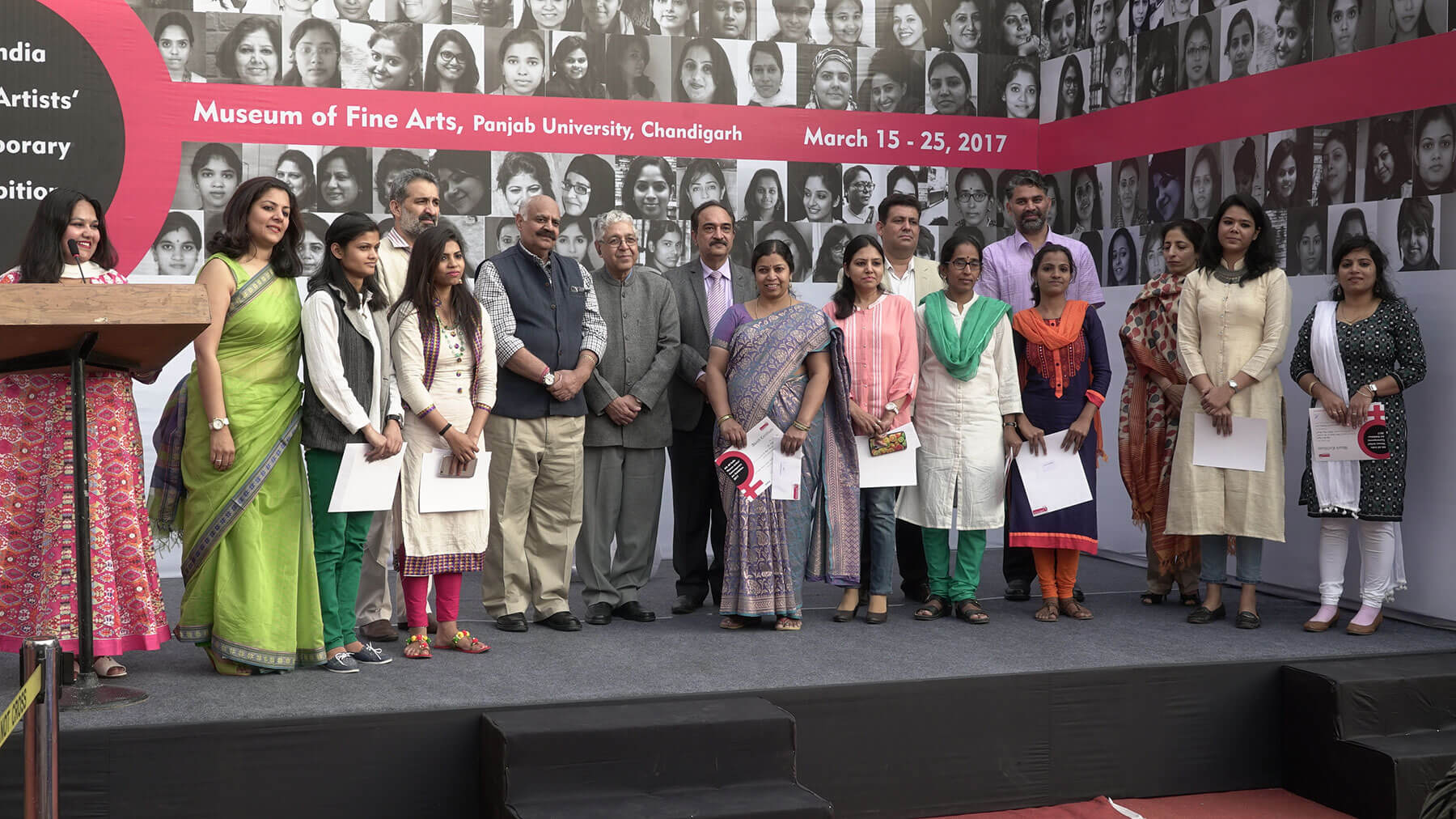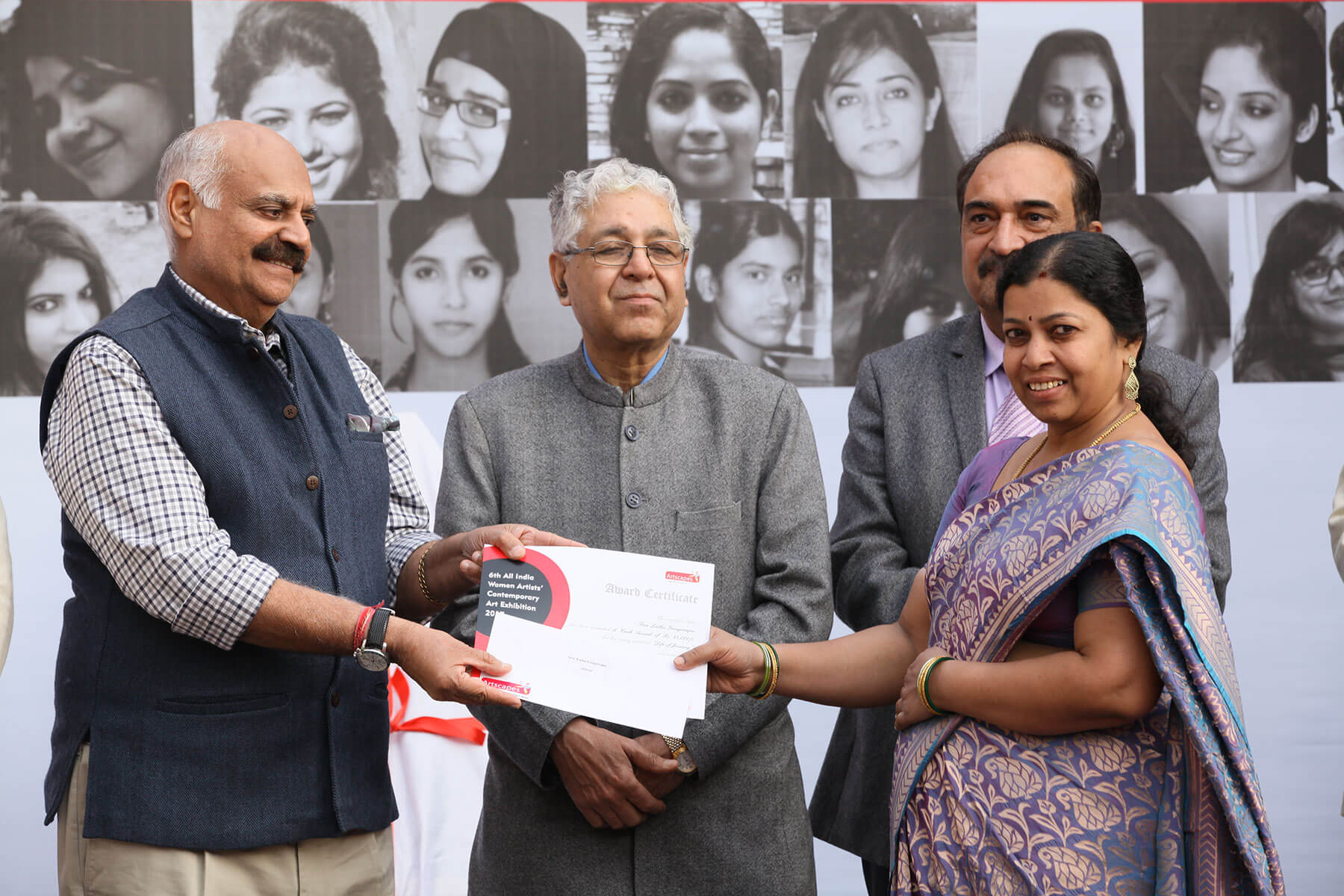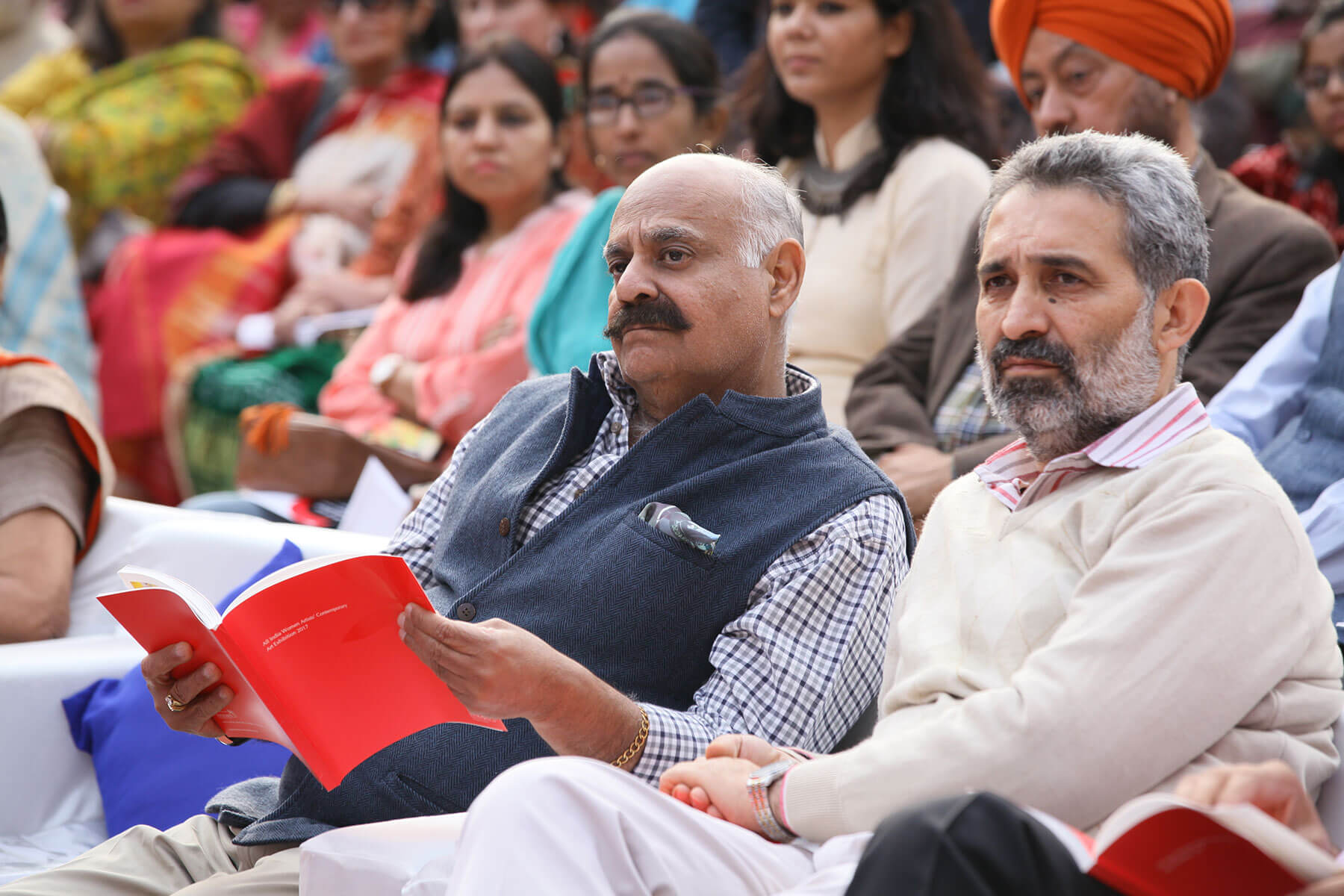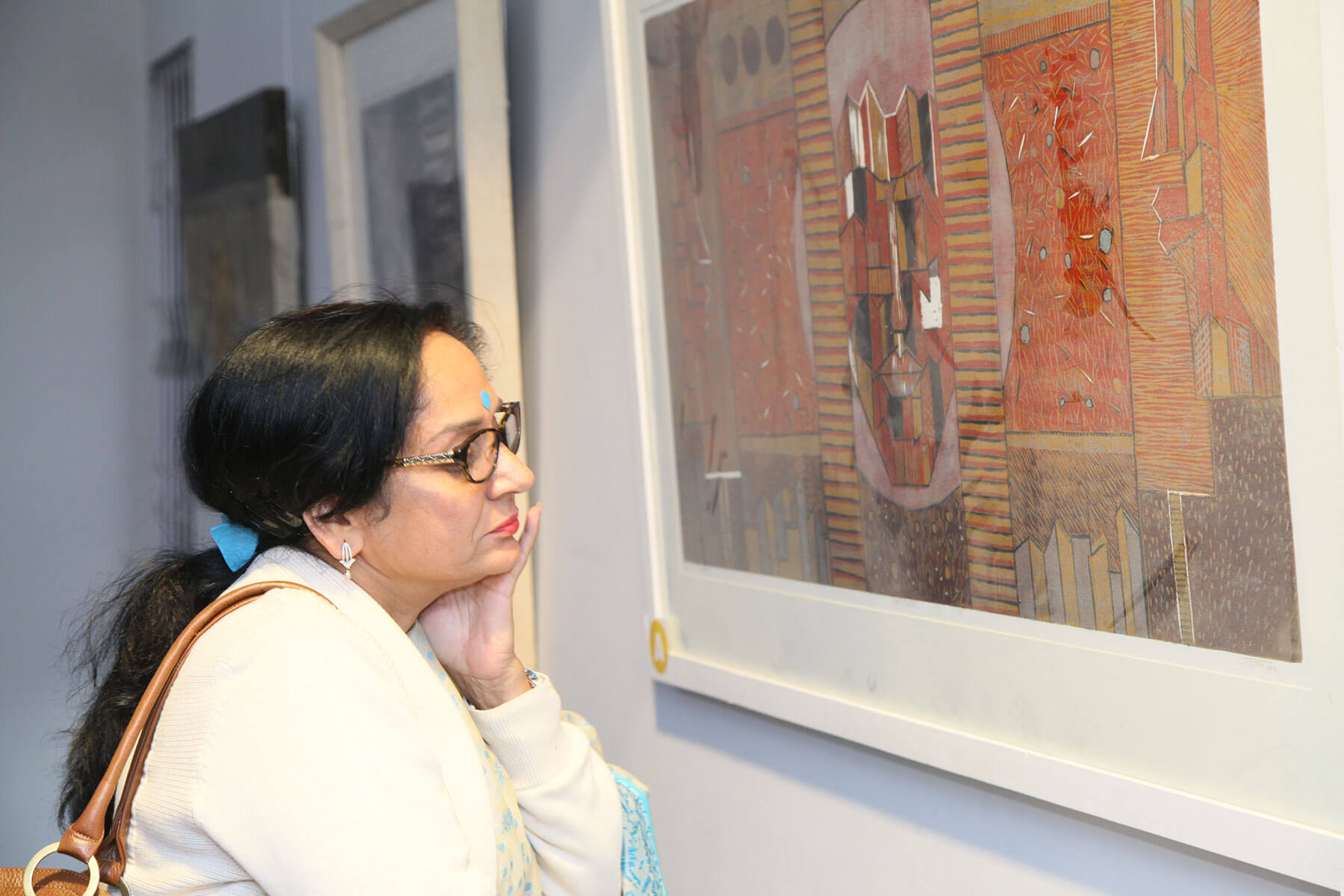All India Women Artists’ Art Exhibition 2017
6th All India Women Artists’ Contemporary Art Exhibition 2017 was conducted from March 15 to March 25, 2017. It was inaugurated by Shri V.P. Singh Badnore, Governor of Punjab and Administrator, UT, Chandigarh. He lauded the immense creativity expressed by the female artists and was amazed at the vibrant hues painted by the women artists from all across India. 400 artworks out of 1200 were selected and 111 women artists showcased their works of art. The art critic was Dr. Kavitha Balakrishnan and the Jury member was Surjit Akre.

MESSAGE BY CHIEF GUEST
His Excellency Shri V P Singh Badnore
Governor of Punjab and Administrator, UT, Chandigarh
Art is the strongest medium to express the emotions
It gives me immense pleasure to be associated with the Artscapes India. It’s a commendable feat on their part to give a platform to the talented women artists of India through All India Women Artists Contemporary Art Exhibition since 2012.
Art is the strongest medium to express the emotions. It is a powerful tool which allows self expression and growth. It is heart warming to see such soul satisfying work by the women artists. Women of today are the change makers for tomorrow. They have the ability to shape notions of gender equality, empowerment, family, Society and life in general. Artscapes through this exhibition has succeeded in bringing to forefront the brilliance of women artists from all over India. It will go a long way to promote the cause of women artists, many of whom have a fight against social inequalities to excel.
I extend my best wishes to the organisers and the participants on this occasion.
MESSAGE BY ART CRITIC
Dr. Kavitha Balakrishnan
Artist and Art-historian
The ‘woman artist’ in scattered histories of art and life
Making of ‘woman artist’ is a result of political questioning of gender bias in art history and art practice institutions. This potentially started in the west but the lives and works of women artists had been a conscious content of art historical exercise in many late 20th century societies across the world. A few inspired women who were finding a space in various Indian art centers at different points in 20th century deliberately employed the gender politics through their works and writings of 1980s. Those were transgressive creative acts on the surface-layers of the multi-layered Indian patriarchy. That involved radical redefining and reclaiming of art as a paradigm of human expression. The inert and indifferent art galleries run mostly by men and their racial and phallocentric internationalism had to rethink on the very idea of what art of the new world could be. They were pushed to respond to this new scenario considering those strange looking new sources of post-modern art where women started getting political visibility as artists. So one can say that ‘woman artist’ lurks at heterotrophic growth of a society, not in its utopias of nation states and capital accumulations. Few women were found suiting to the ideals of ‘great masters’ at the pedestals of the national art and the international modernisms. That is why we need to look at our disparate, random and uneven histories of art and life, for this stuff called woman as artist. A call from Artscapes inspires me as a person located as an artist and researcher, also as a political being called woman, in the south of India.
more...
Political subjectivity as a woman was deliberately worn by a few Indian artists in 1980s and that includes names like Navjot Altaf, N Pushpamala, Nalini Malani, Nilima Shaikh among a few others. Most of them challenged the modern art’s fallacies of art object and the ideologies of the ‘aesthetic’. That was also an interface with the post-modern break into various methods, materials and meanings in art practice and that pushed the limits of art gallery practices in India. Gita Kapur’s study on Amrita-SherGil drawing a parallel with Agnes Martin was an exemplary instance of her own making as a woman who can influence the male forte of art history-making. Many other writers on Indian art variously gave a thought to the women in the past and recuperated many woman-oriented visual traditions in Indian folk and tribal cultures. A few collections of Indian women artists works were variously published. Many art camps and some international shows created a handful of women artists from India. Still numerous women artists of Indian regions remained unclaimed in a national or inter-national space. Before achieving its art historic due, these deliberations started losing their edge for an apparently ‘liberal’ world that evolved in early 2000s.
Looking at the post-modern times from a broader angle of an evolving Indian public domain at the end of 20th century, things look quite paradoxical. 1990s had seen a convergence of the die-hard Indian middle class patriarchy in a garb of religious fundamentalism of various kinds and a new liberal economy of intensive capital investments for an ideal of India as a ‘developed’ country. Taken out of the shackles of a welfare state, women’s cause is now more mediated, though not always politically addressed, in Indian public domain. The liberal economy gave more architectonic professional spaces for women to experiment with their gender roles, among other things. Imaginations of oneself could be tested and tried in more spaces than earlier in a public domain. I suppose, an evolving art market, an expanding world of stake-holders in Indian art capital and the increased visibility of competent women as artists, dealers, art collectors and researchers in Indian and international galleries since 2000 ; these were the outcome of all these. Rather than a conscious and continuous politics of gender that could have criticized the burgeoning double headed religious-patriarchy, it was an ebullient economy that connected more women into the narratives of ‘women artists’ in contemporary India. So there is a paradigm shift in what constitutes the ‘woman artist’ today. In the face-value of a gender-neutral liberal economy, the fundamentally gendered life of people continues for each girl to encounter in her own isolated ways. The so called contemporary art world is no more particularly trending on its political sensitivity to gender issues unless articulated as a cultural question, as part of an art project. All women do not get a chance to academically tune up to this also. It is in this context that we need stronger connecting links between the institutional art worlds and Indian public in the sustained terms of woman and art. Artscapes definitely plays a crucial role by an open call to creative Indian women within or without institutional support systems of art schools, galleries, families etc.
Institutions always try to prescribe certain ideal of the best. Art institutions like museums, galleries etc. are no different. But in this much unsettling world of cultures and economies, art cannot confine to an isolated prescriptive space that will only put art as an obsolete idea away from people’s lives. The phenomenon of Biennales across locations in the country today works towards a more complex scenario of an art-public than that was constituted by art galleries in the times of art market hype a few years back. A dialogue with the society and the development of a culture of art is fundamental and the ‘female question’ might perhaps be waged again only within that frame of a wider culture of art. Unlike other institutions, art initiatives today have the potential to function differently. They can open themselves up and possibly receive the most unexpected stuff from the most unexpected corner and then house it within certain institutional ambit for a duration on some merit-basis and then continue the fresh survey all over again next season. Creative institutions need to develop this quality of archiving the present moment of individual liberation beyond prejudices of artistic conventions. Women today negotiate with the ideological apparatus of patriarchy in many subtle, practical and individual ways. The very act of girl making a painting and opting to travel outside might create a difficult shudder still in some families in India, no matter metros or villages. Patriarchal frames are pervasive. Many women still need a public support system to fight back. To sustain one’s creative expression, every artist, no matter man or woman deserves a tolerant and inclusive public space for art. The female question is also one of citizenship rights.
We have recently witnessed huge candle light protests when acts of violence happened against women, denial of safety both in public and private spaces. A network of Indian women in terms of their artistic cultural practices is important. Creating a female fraternity of artistic individuals need not solely be an art-institutional task. It could also be in the interest of a larger national culture uncompromisingly creating public space for women and supporting their independent lives and creative thinking. I wish all these artists in this show and the Artscapes exhibitions held earlier are constantly re-visited and followed up for the future-female-human’s creative lives in India.
less..

MESSAGE BY
Prof Arun K. Grover
Vice Chancellor, Panjab University, Chandigarh, India
Talent is and should be the true measure of an individual
The Panjab University is pleased to host the Sixth Edition of the All India Women Artists’ Contemporary Art Exhibition, an event that in fact it has hosted since its inception. An initiative of Artscapes, the exhibition has grown to a stature that transcends the local and regional, and has staked its claim on the national stage, as it has come to represent artists from across this great nation. It is indeed laudable that this has become a platform that has over the years provided an increasing space to artists from small towns in different regions, becoming instrumental in their voice reaching the public through their creative expression. This exhibition and the wide spectrum of women artists it is representing is also a sign of how Indian women have carved a space for themselves in the public sphere and more importantly, a reminder that talent is and should be the true measure of an Individual.
I congratulate the organisers for creating a space where the vibrancy of creativity provides an immensely enriching experience for the citizens of the city, the students and the wider University fraternity. This established event in the annual cultural calendar of the city, indeed the region,
I am confident, shall grow in strength from year to year and I wish it greater success for the future.

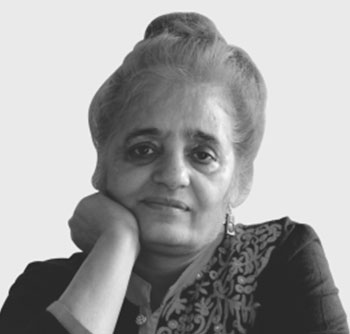
MESSAGE BY THE JURY
Surjit Akre
Artist, President Roerich’s Art Club, RCSC
Evolving expansive exhibition
It’s an honor to conduct the award jury of Annual 6th All India Women Artists’ Contemporary Art Exhibition organized by Artscapes in association with Department of Art History & Visual Art, Punjab University at PU Gallery, Chandigarh on March 15, 2017. Judging art is never easy and judging the art works by women artist from various part of India is probably harder than anything, which has so many different mediums and variety of compositions such as abstract, realistic, idealistic, expressionistic, symbolic, etc. The characteristics I found here were beauty, skill, inherent meaning, uniqueness, and fulfilled intent.
I am happy to see that Artscapes is not only giving the platform to the budding women artist but also evolving expansive exhibition in terms of more significantly artistic achievements. I congratulate Artscapes on this occasion and hope this exhibition will not only help the artist but also will bond the different culture in harmony and peace.




